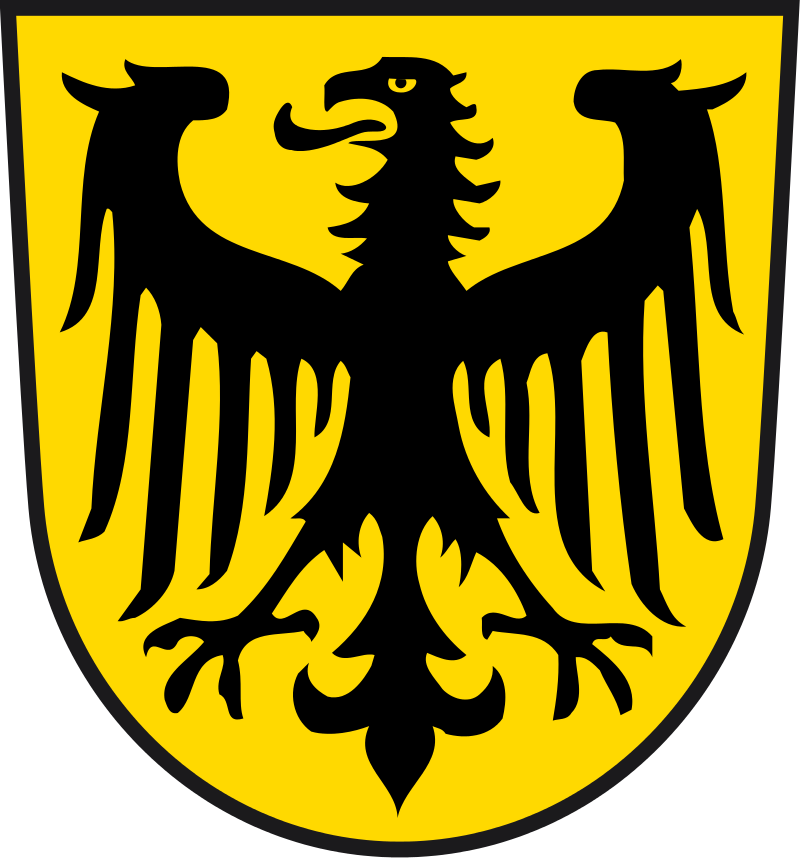Imperial City of Pfullendorf

- Coat of arms/Flag
- Status – Settlement, Free Imperial City of the Holy Roman Empire
- General Alignment –
- Settlement size –
- Corruption +; Crime +; Economy +; Law +; Lore +; Society +
- Qualities –
- Danger +
- Demographics
- Country – Holy Roman Empire
- Capital – Pfullendorf
- Government – Republic
- Legislature –
- Population – 6,000
- Places of interest –
- Current Ruler –
- Other Notable residents –
- Marketplace
- Base Value ; Purchase Limit ; Spellcasting
- Minor Items ; Medium Items ; Major Items
Emperor Frederick II elevated Pfullendorf to the status of Imperial City. However, the prince-bishops of Constance, as the biggest landowners in the Linzgau and patrons of several religious institutions such as Holy Spirit Hospital in Pfullendorf, continued to exert significant political influence over the whole area. At the Council of Constance, King Sigismund granted Blutgerichtsbarkeit (“Blood justice” or the right to pronounce sentences of death or mutilation) to the town, a status that confirmed the city as being answerable to God and to the Emperor only.
Pfullendorf rules itself according to a constitution that gives decisive powers to the town guilds and provides for the annual election of the mayor. A 50-member “High Council” also elected annually, was vested with executive authority alongside a 17-member “Small Council” chaired by the mayor.
Pfullendorf became a member of the powerful Swabian League, like a few other small Free Imperial Cities in the vicinity of Lake Constance, Pfullendorf is comparatively untouched by the turmoil that engulfed Germany during the Protestant Reformation and it was to be one of the 12 Free Imperial Cities, out of 50, that was to be officially classified as Catholic at the Peace of Westphalia, that also explicitly stated for the first time that Free Imperial Cities enjoyed the same degree of independence (Imperial immediacy) as the other Imperial Estates.

 Buy me a coffee
Buy me a coffee